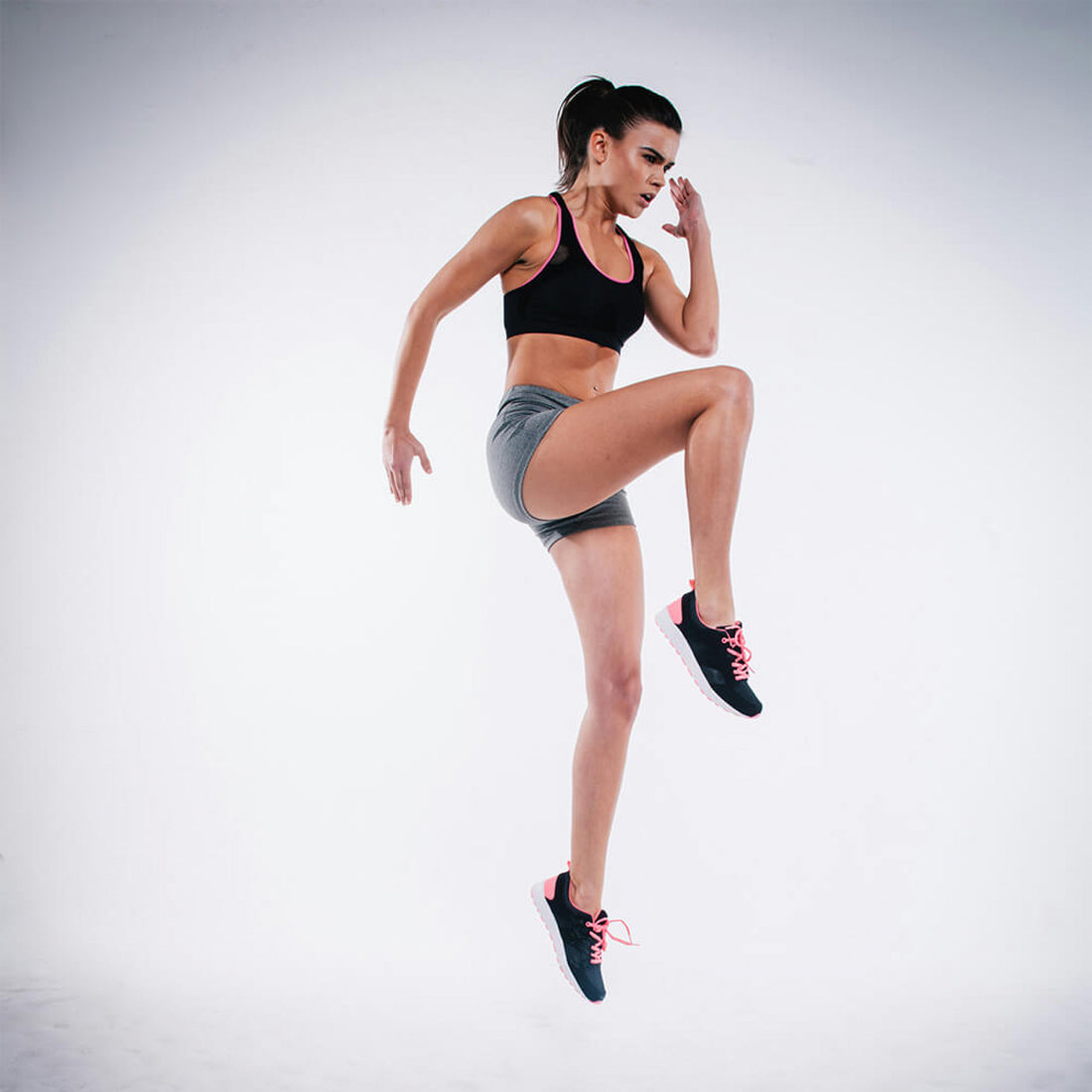
HIIT workout
Share
High-intensity interval training (HIIT) can trigger healing and regenerative pathways that stimulate the growth of new blood vessels and mitochondria (the cell’s powerhouse). This kind of self-induced stress is unique to HIIT workouts and is hard to achieve using other methods.
Complete this habit by performing a HIIT workout at least once a week.
Zone 5 exercise - or high-intensity workout - is an anaerobic performance (one of four pillars of exercise). Raising your heart rate to Zone 5 is as essential as Zone 2 when considering long-term benefits. Yet, it is enough to perform HIIT only once a week for 20-30 minutes.
HIIT is a training protocol alternating short periods of intense or explosive exercise with brief recovery periods. The main goal is to reach your maximum heart rate and experience hypoxia - losing breath to the level you can’t carry out a conversation.
HIIT has tremendous benefits due to evoked hormesis - a phenomenon in which a harmful substance gives stimulating and beneficial effects to living organisms when the quantity of the harmful substance is small. In other words, that little bit that doesn’t kill you makes you stronger.
We recommend two types of workouts:
- performing our “Guided HIIT workout @ home”;
- using our Interval timer tool and performing the HIIT protocol.
HIIT training protocol:
- warm-up - for a few minutes, do low-intensity exercise at 10%-20% effort;
- do high-intensity exercise (e.g., sprint) for 20-30 seconds at 90% effort;
- recover with a low-intensity activity (e.g., slow jog) for 10 seconds;
- repeat the high-low intensity segments for 8-12 rounds;
- cooldown - for a few minutes, do low-intensity exercise at 10%-20% effort;
Please note that high-intensity exercise shouldn’t be performed at 100% effort since it may result in injuries or pains the following day. Using maximum effort on any movement you can not perform perfectly, is not recommended.
This protocol can be performed while:
- running;
- cycling;
- swimming;
- stair climber machine;
- rowing machine.
During HIIT, you will increase strength and trigger the process of hypertrophy in your lower body. Thus plan a HIIT workout at least one day apart from your lower body resistance workout.
By the way, by doing your HIIT outside in the daylight, you can also check off the “Daylight viewing” habit.
Impact
High-intensity workouts often demand more oxygen than your body can supply through breathing, leading to hypoxia— a reduction in blood oxygen levels. Interestingly, hypoxia induces a healthy stress response, referred to as hormesis. In response to hypoxia, your body activates HIF1A (Hypoxia-inducible factor 1-alpha), which switches on genes associated with aging. These activated genes promote the growth of new blood vessels and mitochondria, generating most of the cell's chemical energy required for biochemical reactions. However, it's important to note that this process tends to weaken as we age.
Breathing is crucial in managing and eliminating electrons generated during the complex energy production process within mitochondria. When the lack of oxygen is experienced - excess electrons turn into free radicals - unstable atoms that can harm cells. Yet this damage is a positive event because it stimulates mitochondrial hormesis (mitohormesis) that, among other benefits, produces more mitochondria.
Intense HIIT workouts catalyze beneficial conditions within your body that increase energy levels.